The history of Deauville started when Carrozzeria Ghia received a request from Ford to create a compact American sports saloon with European styling elements. Ghia designer Tom Tjaarda came up with a design that referenced the Lancia Marica and De Tomaso Mustela I – other creations from Tjaarda’s drawing board. After Ford discarded the idea of a four-door sports saloon, Alejandro de Tomaso took up the project and, based on Tjaarda’s drafts, built a luxury saloon for the wealthy end of the market that he unveiled at the 1970 Turin Motor Show. Critics pointed out the similarity to the 1968 Jaguar XJ6, but Tjaarda insisted that his design had been completed before the premiere of the British competitor.
From Rome to Milan in two hours
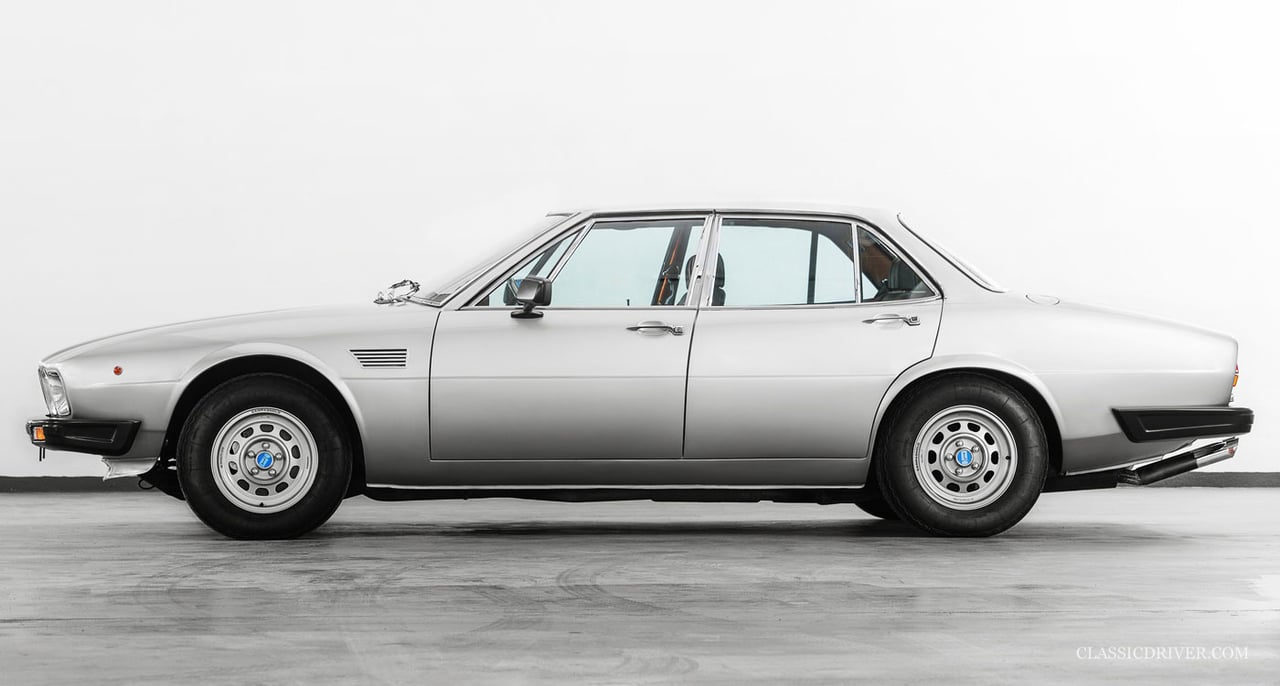
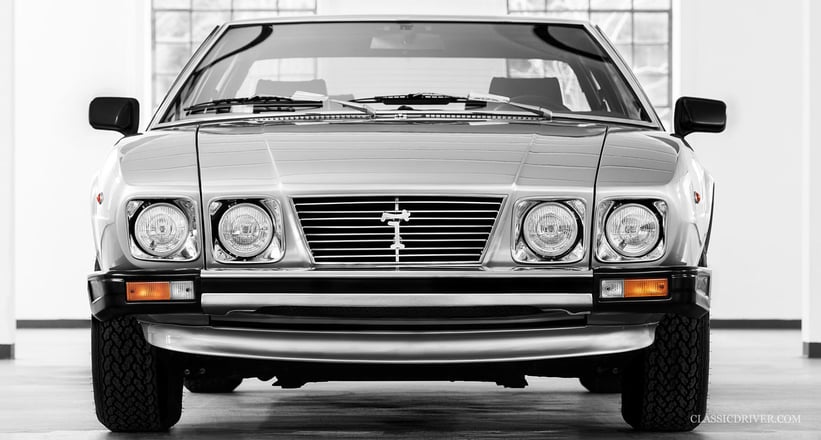
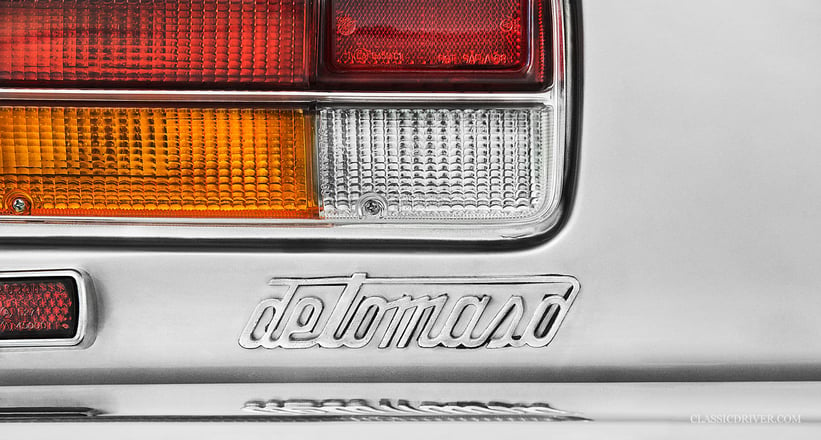
A year after the presentation of the Deauville, it went into production. De Tomaso named the car after the French resort of Deauville, where he regularly went with his wife, but production of the saloon never took off – the highest recorded annual sales figure was in 1972, at just 46 cars. The saloon was equipped with everything desired to fill the gap in the market for a sporty, luxurious limousine. Powered by a Ford Cleveland V8 engine, the same as carried by the De Tomaso Pantera, the Deauville claimed to be one of the fastest saloon cars in the world. De Tomaso once told journalists at a press event that he had just driven from Rome to Milan in two hours, producing receipts from the Italian highway tolls as evidence.
A best-seller as a Maserati
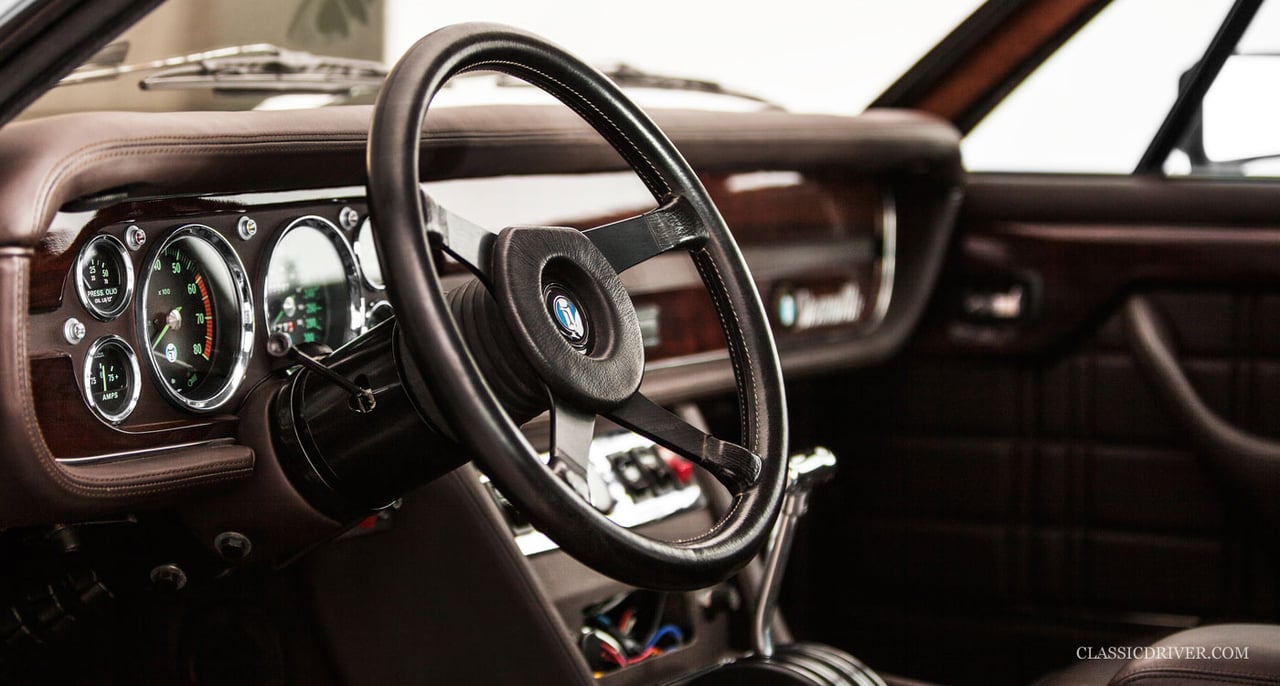
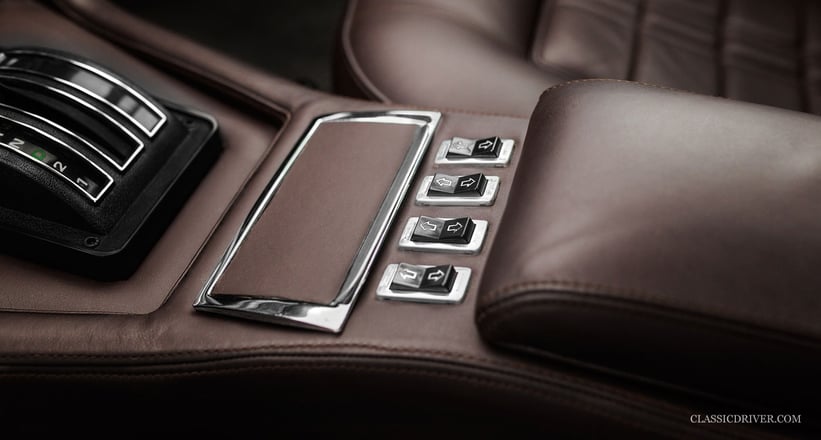
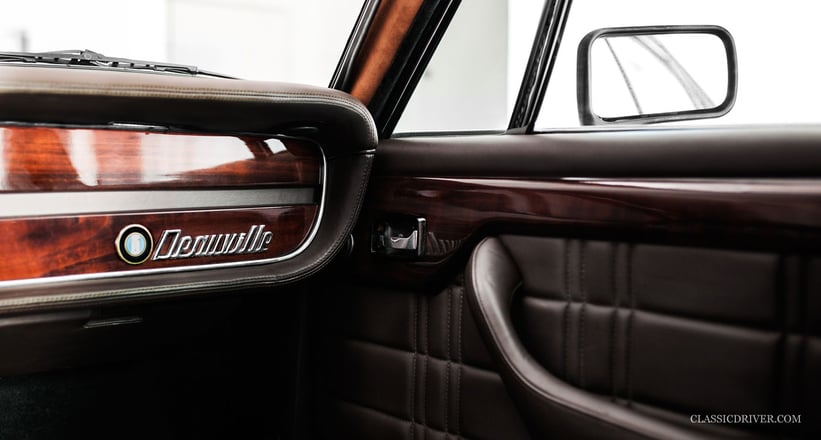
In parallel with the Deauville – and on the same platform –the mid-seventies saw the appearance (under de Tomaso’s direction) of the Maserati Quattroporte III. The angular saloon saw sales rocket and the Maserati celebrated the sort of success deserved all along by the Deauville that – by contrast – only ever saw a few hundred examples built in the course of its entire production lifetime. No wonder it’s rare to see the sophisticated saloon today.
The first, last and best
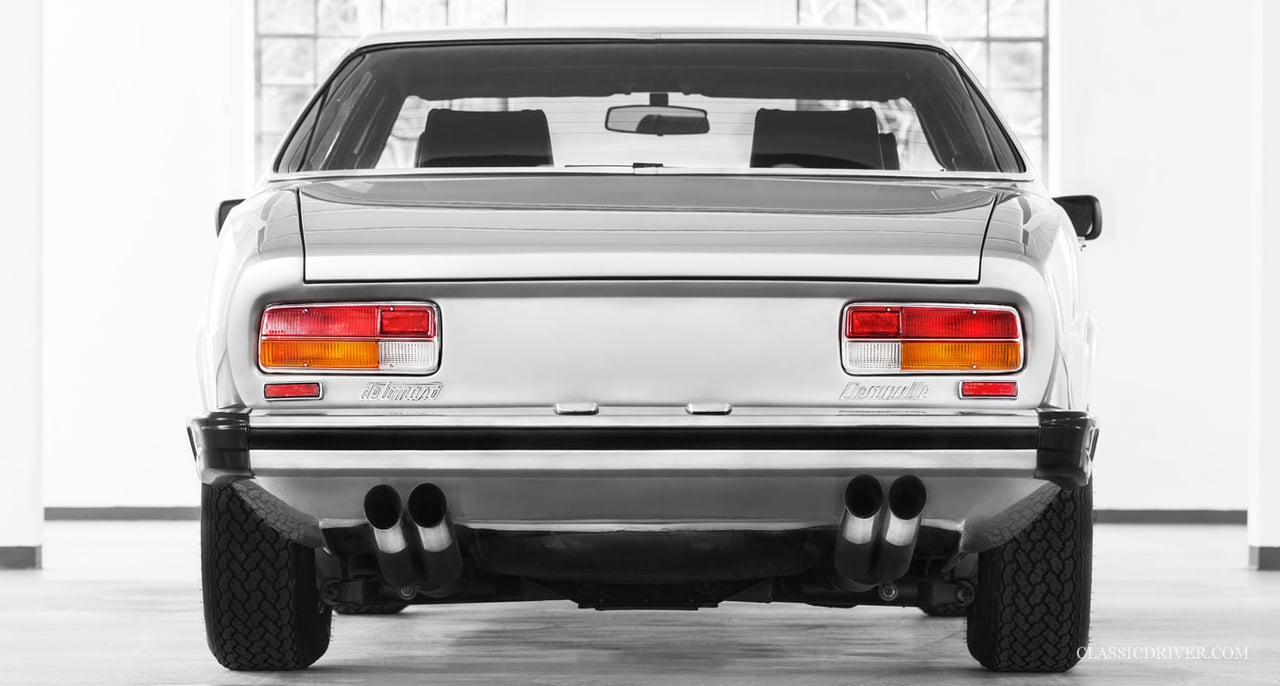
The car in the photograph is a second series car, in which the engine has been shifted back by 10cm to improve weight distribution. In addition, the second series saw changes to suspension geometry that were used as the basis for the Quattroporte III. This car, in its elegant Grigio Platino paintwork, appears to be in as-new condition. It was completely dismantled, with the engine rebuilt and converted to fuel injection, while the transmission, steering and air-conditioning were updated. The interior has been restored with the best leather and new carpets; also new are the bumpers, headlights, wheels, tyres and exhaust, along with a great many other components. The car is accompanied by bills for this work and other documents.
This is quite possibly the best (and last) Deauville we will ever encounter. And for us, at least, it’s better than a Maserati Quattroporte.
Photos: Felix Liebel for Classic Driver © 2015















